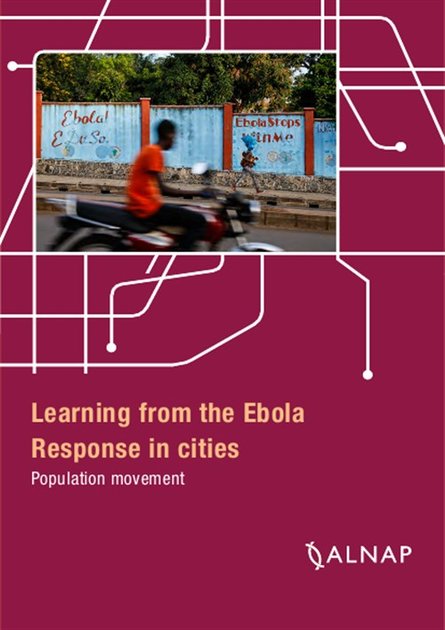
The West African Ebola Virus Disease (EVD) outbreak in 2014/15 posed a number of urban-specific challenges to humanitarians responding to the crisis. ALNAP's Learning from the Ebola Response in cities series brings together the lessons learnt from the response in West Africa, with each paper focusing on a topic: quarantine, population movement, and engaging with communities.
Population movement
Population mobility is a critical area of concern in any infectious disease crisis, and particularly in those spread through human-to-human contact, such as Ebola. During the West African Ebola Virus Disease (EVD) outbreak in 2014/15, population mobility within and between urban and rural areas became a key challenge for humanitarian response. This paper explores the urban dimensions of population mobility, including forces for and drivers of mobility as well as the implications for humanitarian response.
Resource collections
- COVID-19 Response Collection
- Evaluating humanitarian action
- Learning from crises
- Monitoring of humanitarian action
- UN Habitat - Urban Response Collection
- Urban Response - Urban Crisis Preparedness and Risk Reduction
- Urban Response Collection - Community Engagement and Social Cohesion
- Urban Response Collection - Economic Recovery
- Urban Response Collection - Environment and Climate Change
- Urban Response Collection - Housing, Land and Property
- Urban Response Collection - Urban Crisis Response, Recovery and Reconstruction
- Urban Response Collection - Urban Resilience